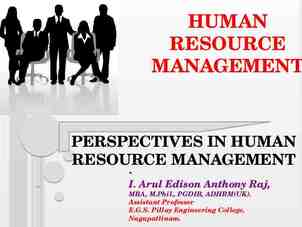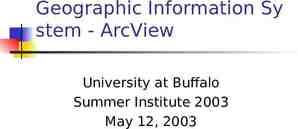RENTS GUIDE TO GUIDED READING
7 Slides415.75 KB
RENTS GUIDE TO GUIDED READING
WHY DO WE ASSESS READING LEVEL? To identify an individual student’s independent, instructional, and frustration reading levels. Independent- A student can easily read and comprehend the text. “I can do it by myself!” Instructional- A student can read and comprehend with support. “I need a little help along the way!” Frustration- A student does not have sufficient accuracy and/or comprehension to read the text. “This is too hard for me!” Provide information to the teacher about students strengths and weaknesses in reading. To assist teachers in forming groups of students reading at similar levels for small group instruction. To monitor individual student progress over a school year and across grade levels.
HOW DO WE ASSESS A STUDENT’S READING LEVEL? A teacher meets with a student one-on-one using the Fountas & Pinnel Benchmark Assessment Kit to assess their reading level. The students accuracy while reading and comprehension of the text are used to determine their reading level. Accuracy- The percentage of words that the student reads correctly. Comprehension- The student retells what happened in the text and the teacher asks additional questions to determine the student’s understanding of what they read. The teacher identifies each student’s independent, instructional, and hard reading levels.
HOW DO THE READING LEVELS PROGRESS OVER TIME?
WHAT IS GUIDED READING? A highly effective form of small group reading instruction. A time when the teacher brings together a small group of students who are similar in their reading development. The teacher instructs the group for 15-20 minutes per day. The teacher uses the text characteristics to support the students while reading, allowing students to read text that is more challenging than what they read independently. The lesson focuses on standards that reflect the grade level expectations for their reading level.
WHAT HAPPENS DURING A GUIDED READING LESSON? The teacher introduces the book that the children will be reading. The students engage in word work, learn new vocabulary, and are provided with supports to successfully read and comprehend the book. The teacher provides a question or “Thinking Job” for the students to think about while they are reading. While all of the students are reading the teacher works with individual students, providing specific feedback on something they are doing well and an area of improvement. The teacher engages the students in a discussion of the text using questions ranging from simple to complex. The students work on an independent activity based on what they have read.
HOW CAN PARENTS SUPPORT THEIR CHILDREN? Ask your child’s teacher for a copy of the Parents Guide to Guided Reading for your child’s current reading level.












